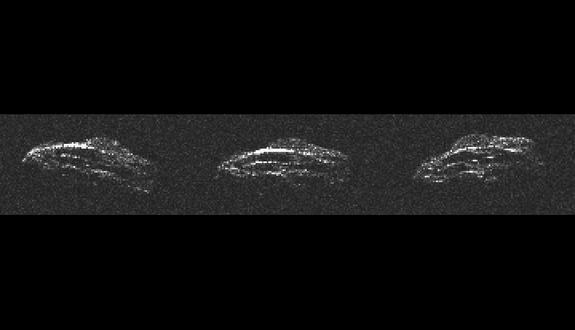ScienceRocks
Democrat all the way!
- Thread starter
- Banned
- #981
Amazing Pluto! Glaciers of nitrogen ice flowing into mountains of water ice. #PlutoFlyby @NewHorizons2015


Stunning Nightside Image Reveals Pluto’s Hazy Skies
Backlit by the sun, Pluto’s atmosphere rings its silhouette like a luminous halo in this image taken by NASA’s New Horizons spacecraft.
nasa.gov


Stunning Nightside Image Reveals Pluto’s Hazy Skies
Backlit by the sun, Pluto’s atmosphere rings its silhouette like a luminous halo in this image taken by NASA’s New Horizons spacecraft.
nasa.gov












